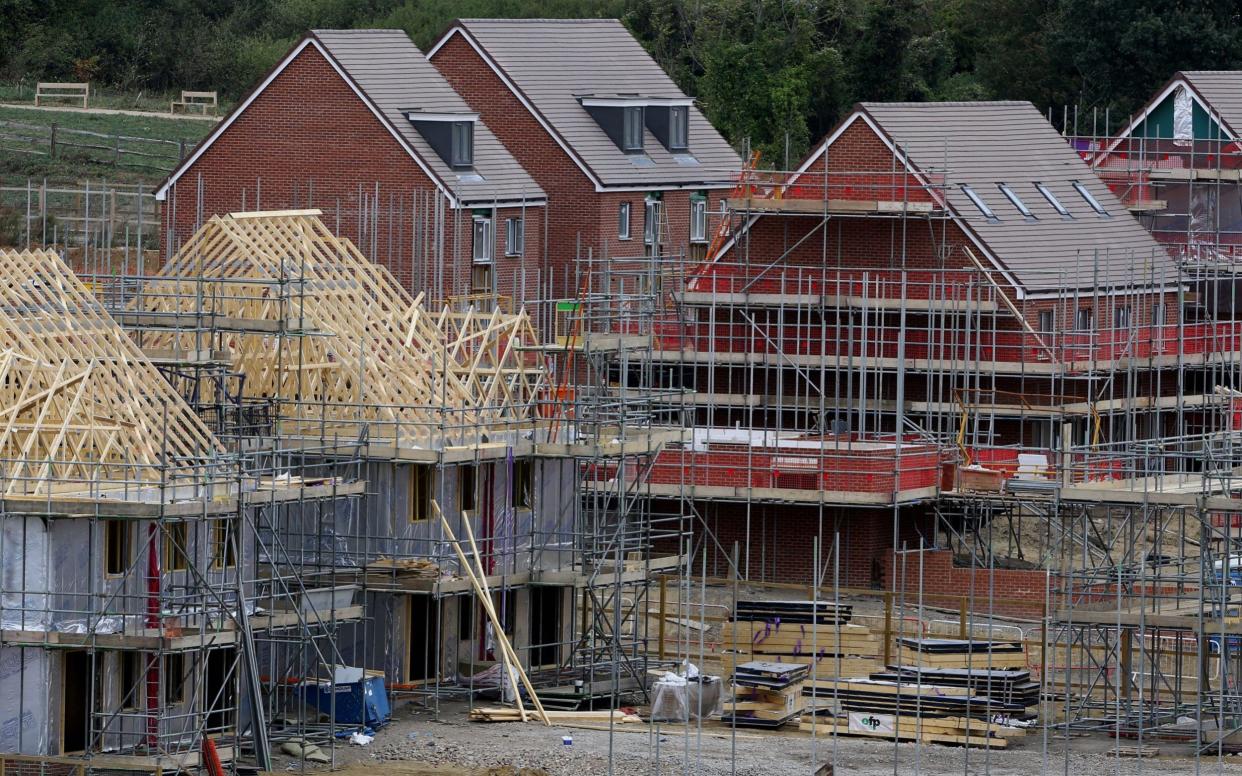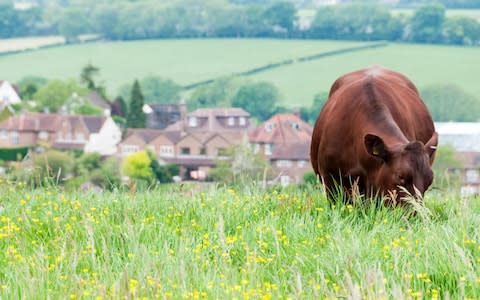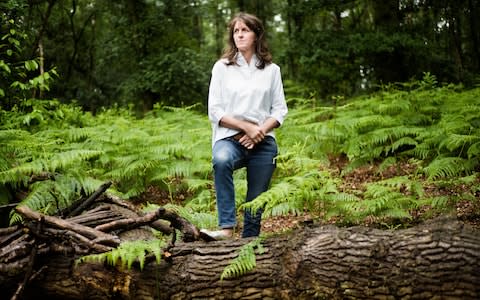New generation of garden cities will lead to 'random residential sprawl' on greenfield sites, campaigners warn

A new generation of garden cities will lead to "random, residential-led sprawl" on greenfield sites, campaigners have warned.
The Government has published plans for a new "garden communities" programme designed for developments of between 10,000 and 40,000 homes across the country.
Councils and private developers will be able to bid for grants to help fund staffing and environmental assessments for new garden villages, towns and cities.
James Brokenshire, the Communities Secretary, said: "This plan is about the government working with councils and developers to get great homes in keeping with beautiful areas in England.
"We want to help local authorities build strong and vibrant communities where people want to live, work, and raise families.
"Our garden communities programme already has the potential to provide over 200,000 new homes by 2050, and we want to go further."

However the Campaign to Protect Rural England said that more focus should go on regeneration and building on brownfield sites.
It said: "As a whole the prospectus is another example of the ‘garden’ soubriquet being applied to even more random development proposals, which all seem to lead to low-density, car-dependent, residential-led sprawl.
"Even the revised NPPF [national planning policy] recognises the importance of using what limited land we have more efficiently. We need to ask whether ‘homes with gardens’ are compatible with the achievement of sustainable, walkable communities, and we need to get the efficient use of land back onto the Garden Cities agenda."
Garden cities were the brainchild of Ebenezer Howard in 1898, intended as an alternative to industrial slums with green space and community at their heart. Letchworth and Welwyn Garden City were the first examples.
At present the Government's garden communities programme supports 23 developments which it says have the "potential to deliver over 200,000 homes by 2050".

The plans are expected to create a series of new communities with green spaces, good transport links and high-quality affordable homes to help tackle the country’s housing shortage. However some of the developments have already met with significant local opposition.
A number of today’s proposed garden villages and towns have significant local opposition. One of the towns, Harlow and Gilston – on the border of Herts and Essex – has prompted concerns that it would swamp two small hamlets with a current population of just 228, by adding 10,000 new homes.
Earlier this month the CPRE warned that green belt is disappearing at an "alarming rate", with the equivalent of 5,000 football pitches lost because of the relaxation of planning laws.
It said in a report that developers are being allowed to “gobble up” green belt land as local authorities release it for house building to meet Government targets for new homes.
The situation is set to get worse, according to the Campaign to Protect Rural England (CPRE) with 460,000 homes currently planned for land which will be released from the green belt. The charity claims that losing green belt land is unnecessary because brownfield land, which has previously been used for housing or industry, could accommodate one million homes in England.

 Yahoo News
Yahoo News 
